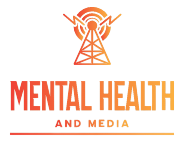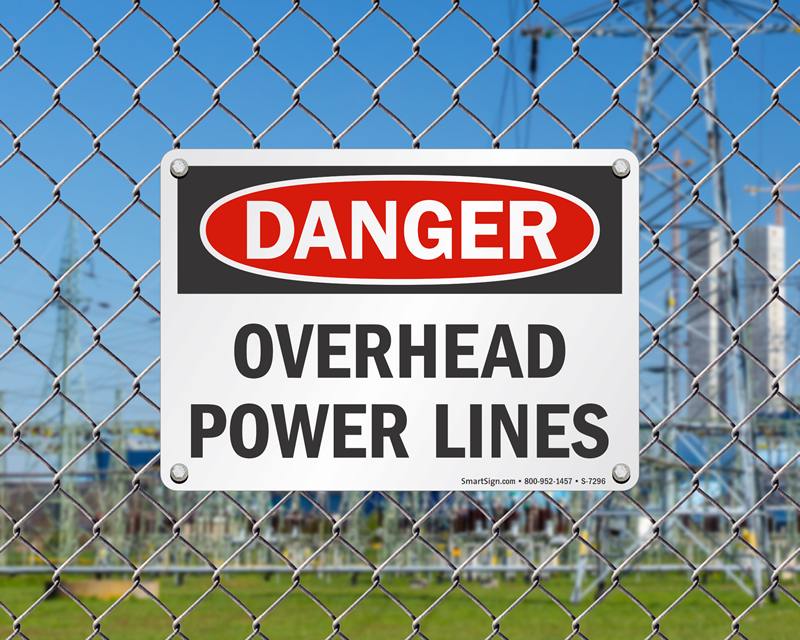Hospitals are complex environments where lives are on the line daily. Within this high-stakes setting, every detail matters, from advanced medical equipment to simple visual cues. Among the most vital of these cues are safety signs. These often-overlooked elements play a crucial role in ensuring the safety and well-being of patients, staff, and visitors. From clear directions to hazard warnings, safety signs are more than just functional—they are life-saving tools.
Clear Communication in High-Pressure Environments
One of the most significant ways safety signs contribute to hospital safety is through clear and concise communication. In a setting where time is critical, visual cues eliminate ambiguity. For example, brightly coloured signs that indicate emergency exits or hazardous areas are essential in guiding staff and visitors swiftly and safely during emergencies. The use of universally recognisable symbols ensures that the message is clear even for non-English speaking patients or those under stress, creating a non-verbal language that everyone understands.
Hospitals use a variety of safety signs to convey different messages. Some signs direct people to specific areas, such as operating rooms or emergency departments, while others highlight risks or the need for special precautions. By providing immediate, understandable information, these signs reduce confusion and enhance efficiency in urgent situations. Whether it’s a simple arrow pointing to the nearest exit or a warning for biohazardous material, each sign serves a critical purpose in maintaining hospital safety.
Hazard Awareness and Risk Mitigation
Hospitals are filled with potential hazards—sharp objects, high-voltage equipment, and biological risks are just a few examples. Safety signs are instrumental in mitigating these risks by alerting people to areas where caution is required. For instance, a sign indicating the presence of dangerous chemicals or radioactive materials can prevent accidental exposure. Similarly, floor signs warning of slippery surfaces help to reduce the risk of slips and falls.
In the event of a fire or power failure, clearly visible safety signs are vital for helping staff and patients navigate the hospital. With the right signage, people can quickly find their way to the nearest exit or safe zone. During critical moments when every second counts, these visual cues can make the difference between life and death.
Supporting Staff Efficiency and Performance
In addition to improving patient safety, safety signs also enhance the efficiency and performance of hospital staff. Clear signage helps medical professionals quickly find necessary equipment or medications, often in the middle of intense situations. A properly labelled emergency supply room or a sign indicating the location of critical medical instruments saves valuable time. Moreover, warning signs on equipment alert staff to potential dangers, such as equipment malfunctions, ensuring that procedures are carried out safely.
Safety signs also encourage compliance with health and safety regulations. Hospital staff are frequently required to follow strict guidelines, and clear signage reminds them of the necessary procedures. For example, a sign that reminds staff to wear gloves and masks in sterile environments helps prevent infections and contamination.
The Role of Visual Cues in Patient Safety
Safety signs are not just for hospital staff; they also have a direct impact on patient care. In a hospital, patients are often vulnerable and may not fully understand their surroundings. Hospitals use safety signs to reassure patients by giving them clear information on how to navigate the space. This is particularly important in areas such as intensive care units or emergency rooms, where patients may feel disoriented or scared.
Visual cues like ‘Do Not Enter’ signs or ‘No Smoking’ alerts contribute to a sense of order and control. For patients who are not fully conscious, safety signs can also guide visitors and family members to appropriate areas, ensuring that the hospital environment remains calm and secure.
A Universal Language of Safety
What makes safety signs so powerful in hospitals is their ability to transcend language barriers. A simple red circle with a line through it universally communicates “No Entry” or “Stop,” regardless of whether someone speaks the same language. These symbols are designed to be intuitive, making them accessible to people from various backgrounds and levels of understanding. In emergency situations, this universality can save time and prevent errors, helping everyone involved to act quickly and efficiently.
Conclusion
In the fast-paced world of healthcare, safety signs are far more than decorative elements—they are vital tools that help save lives. From guiding staff to preventing accidents to ensuring that patients feel secure, these simple visual cues play a powerful role in hospital safety. By investing in clear, effective safety signage, hospitals can significantly improve the safety and well-being of all who enter their doors.




